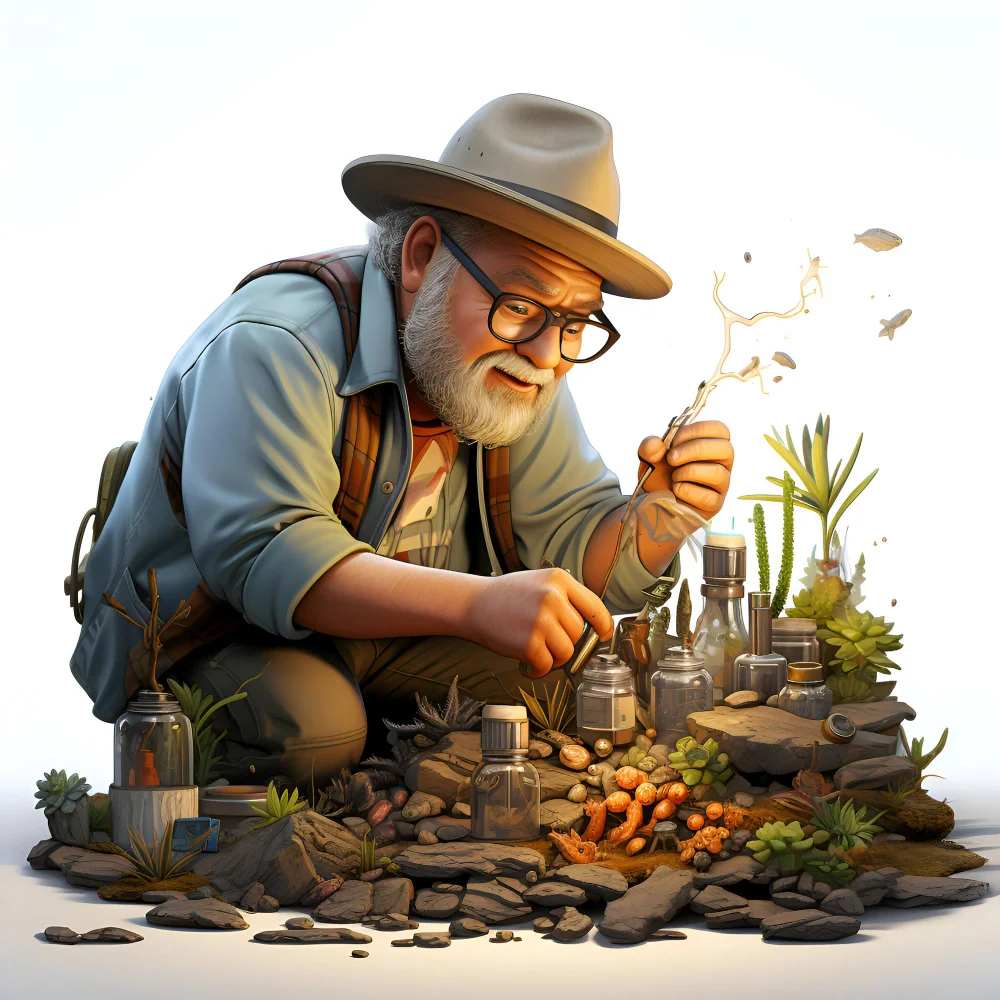Introduction to Huckleberry Finn and the Corncob Pipe
Mark Twain’s The Adventures of Huckleberry Finn is a timeless masterpiece that has inspired countless readers and artists. One of the most recognizable symbols associated with the novel is the corncob pipe.
Often depicted in illustrations, this simple object symbolizes Huck Finn’s free-spirited nature and connection to a rugged, independent lifestyle. Exploring the rich collection of images on Google Images reveals how this iconic symbol has evolved through artistic interpretations over the years.
Historical Context of the Corncob Pipe
The corncob pipe, a humble and practical tool, holds deep cultural roots in 19th-century America. Historically, it was associated with rural communities, where it symbolized simplicity and self-reliance. In Huckleberry Finn, this pipe becomes a visual shorthand for Huck’s rebellion against societal norms and his alignment with nature. Its presence in illustrations connects Huck’s adventures to the cultural identity of his era.
Artistic Evolution of Huck Finn in Illustrations
Illustrations of Huck Finn have changed significantly since the novel’s publication in 1884. Early depictions emphasized Huck’s rough, untamed character, often showing him in ragged clothes with the iconic corncob pipe. Over time, illustrators have adapted their styles to reflect evolving cultural perspectives and artistic trends.
Notable Illustrators and Their Contributions
Key Illustrators of the 19th and 20th Century
- Edward A. Abbey
This corncob pipe were visualized. His detailed, expressive style captured Huck’s adventurous and mischievous spirit.
- E.W. Kemble
As Twain’s chosen illustrator, Kemble’s work added depth to the narrative, cementing the corncob pipe as a symbol of Huck’s individuality.
Modern Artists and Contemporary Themes
Recent illustrators have reimagined Huck’s character, using the pipe to symbolize broader themes such as freedom and self-discovery. They often downplay the pipe’s prominence, reflecting modern attitudes toward smoking.
The Symbolism of the Corncob Pipe
The corncob pipe is more than just a practical tool; it is a symbol deeply intertwined with Huck Finn’s identity. It represents:
- Freedom: Huck’s choice to reject societal expectations and live life on his terms.
- Resourcefulness: A reflection of Huck’s ability to adapt and thrive in challenging environments.
- Connection to Nature: The pipe ties Huck to the simplicity and authenticity of rural life.
Modern illustrations sometimes reinterpret the pipe to align with current societal values while preserving its symbolic essence.
Illustrations in Different Editions of the Novel
Throughout the novel’s publishing history, illustrations of Huckleberry Finn have varied widely:
- Early Editions: Focused on capturing the realism of Huck’s character and setting.
- Modern Editions: Emphasize artistic experimentation, with some illustrators reimagining Huck in contemporary styles while retaining key elements like the corncob pipe.
Global Perspectives on Huck Finn Illustrations
International illustrators have also contributed to the visual legacy of Huck Finn. While retaining the core elements, they often bring unique cultural interpretations to the story. The corncob pipe, in particular, is reimagined in ways that resonate with diverse audiences.
Ethical Implications of Depicting Smoking in Modern Illustrations
The portrayal of Huck with a corncob pipe raises ethical questions in today’s context. With increasing awareness of the health risks associated with smoking, modern illustrators often minimize or omit the pipe in their depictions. However, this choice sparks debate about balancing historical accuracy with contemporary values.
Role of Google Images in Literary Analysis
Accessing Huck Finn Illustrations on Google Images
Google Images serves as a valuable resource for exploring Huckleberry Finn illustrations. It offers a vast collection of visuals from various periods and styles, allowing readers to analyze how interpretations of Huck and his corncob pipe have evolved.
User Interaction and Usage Trends
Educators, students, and literary enthusiasts often use these images to:
- Enhance Understanding: Visual representations help readers connect with the novel’s themes and characters.
- Compare Interpretations: A digital gallery makes it easy to examine how different artists have portrayed Huck over time.
The Legacy of Huck Finn Illustrations in Literature and Art
Illustrations of Huckleberry Finn have left an indelible mark on both literature and visual art. They continue to inspire:
- Contemporary Art: Modern artists draw from these illustrations to explore themes of freedom and individuality.
- Adaptations: Film, theater, and other media often reference these iconic images to preserve Huck’s legacy.
Conclusion: The Timeless Impact of Huck Finn and His Corncob Pipe
The exploration of Google Images Huckleberry Finn illustrations corncob [pipe highlights the enduring relevance of Mark Twain’s work. The corncob pipe, as depicted in countless illustrations, remains a powerful symbol of Huck’s free spirit and connection to nature. As new generations discover the novel, these illustrations continue to offer fresh perspectives on Huck’s character and the themes of The Adventures of Huckleberry Finn.
By delving into this rich visual history, we celebrate not only Twain’s literary genius but also the creativity of the artists who have brought Huck’s world to life. Whether through early editions or modern interpretations, the corncob pipe remains a lasting image of simplicity, adventure, and the pursuit of freedom.


